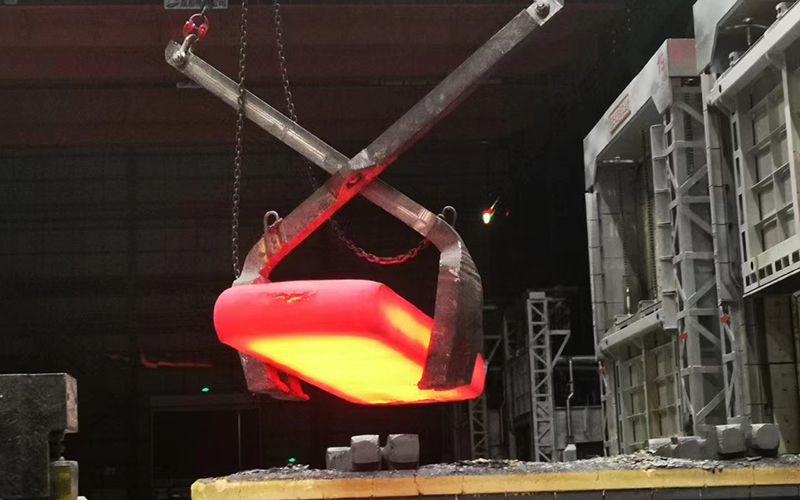Company News
What are the main grades and application fields of nickel and nickel based alloy families
- Jiangsu Dageng
- 2023-07-25
- 2040 order
The nickel and nickel based alloy family is vast and has a wide range of members. The common nickel based alloy products in the market are also diverse and diverse, so how are nickel and nickel alloys classified? Generally, we classify them according to their main alloy composition. Below is a brief introduction to nickel and nickel alloys widely used in chemical equipment:
Pure nickel (201 UNS N02201)
It has good corrosion resistance and can resist original acid and salt, but it will be defeated when encountering strong oxidizing media such as pure nickel nitrate.
The most prominent advantage of pure nickel is its resistance to caustic soda, and even its excellent performance in corrosion of molten caustic soda.
Although dry halogen media cannot achieve pure nickel, its corrosion resistance is insufficient below the water dew point.
For applications with temperatures not exceeding 600 ℉, alloy 201's sibling brand - high carbon nickel 200 (UNS N02200) can also be used.
Nickel copper alloy 400 UNS N04400

The corrosion resistance of nickel copper alloy 400 is the same as that of pure nickel, which performs well under reducing medium conditions, but its corrosion resistance sharply decreases in the presence of gas and oxidizing chemicals. Alloy 400 has excellent corrosion resistance to hydrogen halide acid and halides, especially to hydrofluoric acid and high-temperature gases containing fluorine or hydrogen fluoride. It is understood that alloy 400 was developed in 1905 and has been in use for over a hundred years. The Monel 400 can be regarded as the "ancestor" of all nickel alloys, which are widely used to treat sulfuric acid solutions, seawater, and salt water. For applications that require high strength, such as valve and pump components, alloy K-500 (NO5500) is often used, which is a precipitation hardening derivative of alloy 400.
Nickel chromium iron alloy 600 UNS N06600
Alloy 600 has chromium added to the nickel base, enhancing its adaptability in oxidizing environments. Although the corrosion resistance of alloy 600 to Mineral acid is general, its corrosion resistance to organic acid is excellent. Therefore, alloy 600 is widely used in the production and storage of processing fatty acids, hydroxides and alkaline chemicals. Alloy 600 has excellent heat and corrosion resistance, and can be used normally in high-temperature halogen environments, making it an ideal material for organic chlorination reaction processes. Alloy 600 also has excellent high-temperature degradation resistance such as oxidation resistance, carburization resistance, and nitrogen resistance.
Nickel chromium molybdenum alloy 625 UNS N06625
Molybdenum is added to Ni Cr alloy to make it have the ability to resist oxidizing and reducing Mineral acid and salts. Molybdenum can make the alloy resistant to chloride ion pitting and Crevice corrosion. Alloy 625 is such a high-strength material with excellent fatigue resistance. Alloy 625CF is a derivative of alloy 625, mainly used for bellows, and has excellent Low-cycle fatigue resistance and thermal fatigue resistance. Alloy 625, like alloy 600, can be used as both a corrosion-resistant and heat-resistant material. Alloy 625 is widely used in chemical and petrochemical equipment in harsh high-temperature environments due to its excellent performance in high-temperature resistance, halogen corrosion resistance, oxidation resistance, and carburization resistance.
It is understood that based on the difference of subsequent heat treatment, 625 alloy is also divided into Grade1 and Grade2, as well as Low-cycle fatigue resistance
Next:Dengwei Special Alloy Steel Technical Advisor: TC11 Alloy
